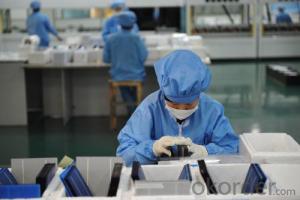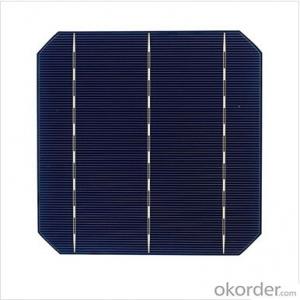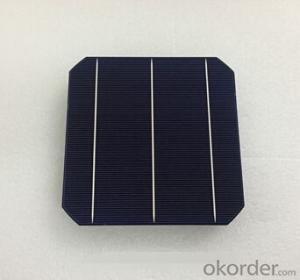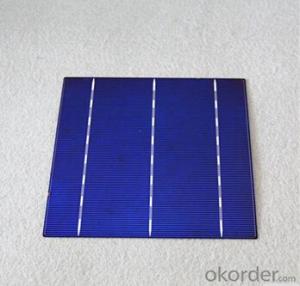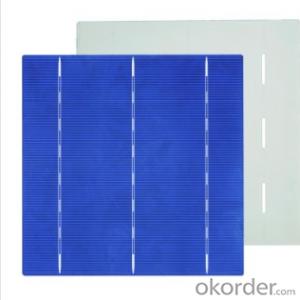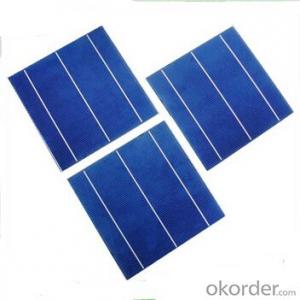Avorion Solar Cells
Avorion Solar Cells Related Searches
Except For Solar Cells Weegy Problems With Solar Cells High Power Solar Cells Light Trapping In Solar Cells High Performance Solar Cells High Output Solar Cells High Wattage Solar Cells Energy Transfer In Solar Cells High Efficiency Hvac Systems Recombination In Solar CellsHot Searches
Cheap Solar Cells For Sale Flexible Solar Cells For Sale Q Cells Solar Panels For Sale Printed Solar Cells For Sale Bulk Solar Cells For Sale 6x6 Solar Cells For Sale Broken Solar Cells For Sale Cpv Solar Cells For Sale Photoelectric Cells For Sale Price Of Silicon Solar Cells Price Of Solar Cells Over Time Buy Solar Cells From China Cheap Solar Cells China Best Type Of Solar Cells Flexible Solar Cells Price Q Cells Solar Panels Price 3 Types Of Solar Cells Production Of Solar Cells Common Types Of Solar Cells Q Cells Solar Panel PricesAvorion Solar Cells Supplier & Manufacturer from China
Okorder.com is a professional Avorion Solar Cells supplier & manufacturer, offers integrated one-stop services including real-time quoting and online cargo tracking. We are funded by CNBM Group, a Fortune 500 enterprise and the largest Avorion Solar Cells firm in China.Hot Products
FAQ
- Which Solar Panel Type is best? Polycrystalline panel or PV Module Monocrystalline Solar cell panel, or thin film?
- According to the calculation, The efficiency rates of monocrystalline solar panels are typically 15-20%, which proves that they are the most efficient one.
- Yes, solar cells can be used for refrigeration. By converting sunlight into electricity, solar cells can power refrigeration systems that use the electricity to cool and maintain a low temperature. This is particularly useful in areas with limited access to electricity grids or during power outages, where solar-powered refrigeration can provide a sustainable and reliable cooling solution.
- How's the feedback of using 260 watt photovoltaic solar panel? Anybody ever used that?
- The conversion efficiency of the 260 watt photovoltaic solar panel is 18 %,which is already much better than the one I used before.
- Solar cells have a significant positive impact on greenhouse gas emissions as they generate electricity from the sun's energy without producing any harmful greenhouse gases. By replacing fossil fuel-based energy sources, solar cells help reduce carbon dioxide and other greenhouse gas emissions, mitigating climate change and contributing to a cleaner and sustainable future.
- Yes, solar cells can be used for powering communication towers. Solar panels can convert sunlight into electricity, which can then be used to power various devices and systems, including communication towers. This renewable energy source provides a sustainable and cost-effective solution for powering communication infrastructure in remote areas or areas with limited access to the grid. Solar-powered communication towers have become increasingly popular as they are environmentally friendly and can reduce reliance on traditional energy sources.
- Yes, solar cells can be used in indoor lighting applications. However, their effectiveness may vary depending on the amount of sunlight available indoors.
- The amount of space required to install solar cells can vary depending on factors such as the size and efficiency of the solar panels, the energy needs of the location, and the available sunlight. However, on average, it is estimated that 10 to 20 square meters of space is typically needed to install a kilowatt of solar panels.
- Yes, solar cells can be affected by extreme temperatures. High temperatures can cause the efficiency of solar cells to decrease, as excessive heat can cause an increase in resistance and reduce the voltage output. Similarly, extremely cold temperatures can also impact their performance, although to a lesser extent. It is important to note that modern solar cells are designed to withstand a wide range of temperatures, and their efficiency is typically optimized within a specific temperature range.
















